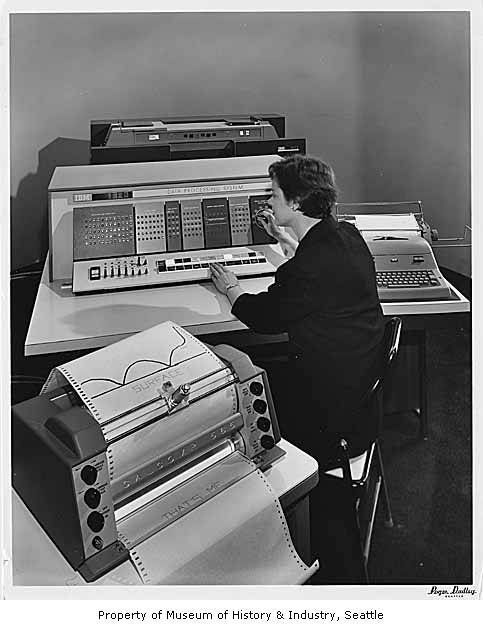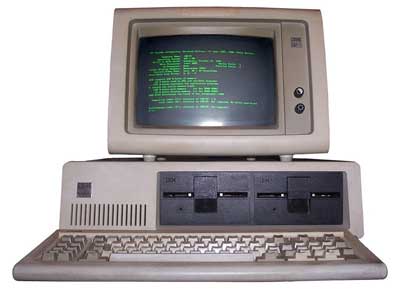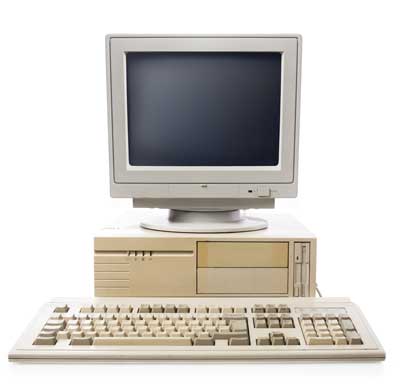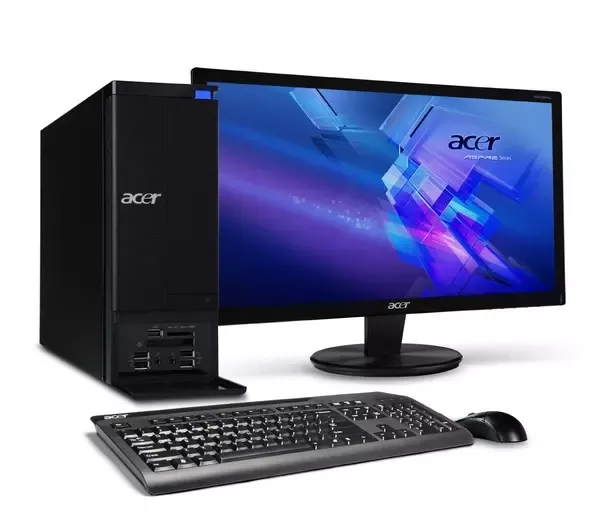Others
5 Generations of Computer
Here’s a great article from The Crazy Programmer
Computers are necessary devices that we use on the daily basis. Here we will discuss the overview, definition of the generation of computers, historical context, importance, objective, and more. The evolution of computer systems is usually discussed in terms of the evolution of different generations. The generation of computers differentiated on the basis of the advancement of computers.
Let’s discuss the development of computer technology in different generations.
First Generation
The 1st generation computers were developed in the late 1940s to mid-1950s. Their primary electronic components were vacuum tubes or thermionic valve machines. The first-generation computers were big, slow, and consume a lot of power compared to modern computers. They were also costly and needed specialized technicians to maintain them. Their input was based on punch cards and paper tape and they worked on the binary-coded concept.
ENIAC (Electronic Numerical Integrator and Computer) was the most famous first-generation computer which was used for military calculation and scientific research.
UNIVAC (Universal Automatic Computer) was the first commercial computer, which was used for data processing applications.
Second Generation

2nd generation computers were developed in the year 1956 to 1963. In the second generation of computers, they used vacuum tubes as the basic components for computation and used mechanical switches by replacing the wires of first-generation computers. They were developed by using the technology of transistors. The second-generation computers were smaller and had less time taken than first-generation computers. They also had magnetic core memory which increased the storage capacity.
The concept of machine-independent programming languages COBOL and FORTRAN made it easier for people with no technical background to use computers. Second-generation computers were used in large corporations, government organizations, scientific simulations, etc.
The second-generation computers represented a great leap forward in the development of computing technology and paved the way for the development of third-generation computers.
Examples: IBM 1401, IBM 7094, and IBM 7090, etc.
Third Generation

3rd generation computers were developed from the mid-1960 to 1970. They have marked a valuable shift from previous generations in the terms of performance, technology design, and more. The use of integrated circuits (ICs) replaced the bulky and unreliable transistors that were used in second-generation computers. Third-generation computers were much smaller, more reliable, and more affordable than earlier generations. They were also easier for commercial use.
It also improved the devices such as keyboards and monitors which helped people to interact with computers easily. The third generation introduced the minicomputers which were less in size and cost than mainframe computers. It made computers more accessible to small businesses and individuals.
Fourth Generation

The fourth-generation computers were developed from 1971 to 1980 and marked a major turning point in the development of computers. Microprocessors and VLSI (very large-scale integration) were used as the main electronic components in fourth-generation computers. A microprocessor is an integrated circuit that contained all the components of a computer CPU on a single chip. It made computers more affordable, smaller, and faster.
Fourth-generation computers introduced the operating system which allowed multiple applications to run on a single computer at the same time. In terms of storage, it used floppy disks and hard drives and expanded the amount of data that could be stored. The computer became an essential tool in many aspects of life such as businesses, homes, schools, and more. The innovation of this time continues to shape the computer industry nowadays and has made computers an essential tool in our modern world.
Fifth Generation

The fifth-generation computers were developed between 1980 till now. The parallel processing method and ULSI (Ultra large scale integration) are used as the main electronic component in fifth-generation computers. The fifth-generation computers are more powerful, have huge storage capacity, and have higher speed. Their sizes are also smaller and portable. The computers of the fifth generation are categorized on the basis of hardware and software both.
There are advanced technologies of fifth-generation computers such as quantum computation, artificial intelligence, parallel processing, and more.
Examples: STAR 1000, APPLE ||, IBM PC, etc.
The post 5 Generations of Computer appeared first on The Crazy Programmer.
